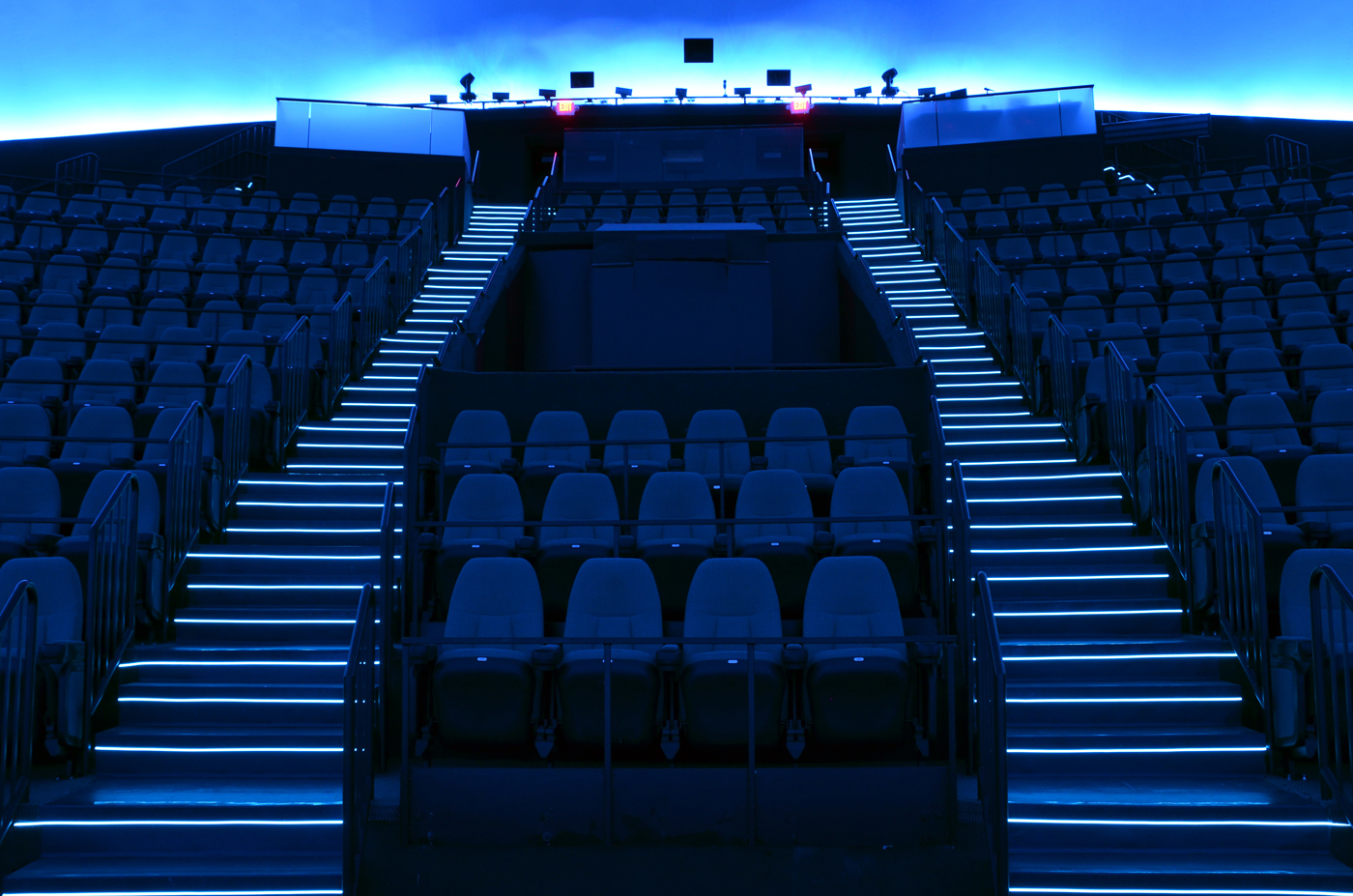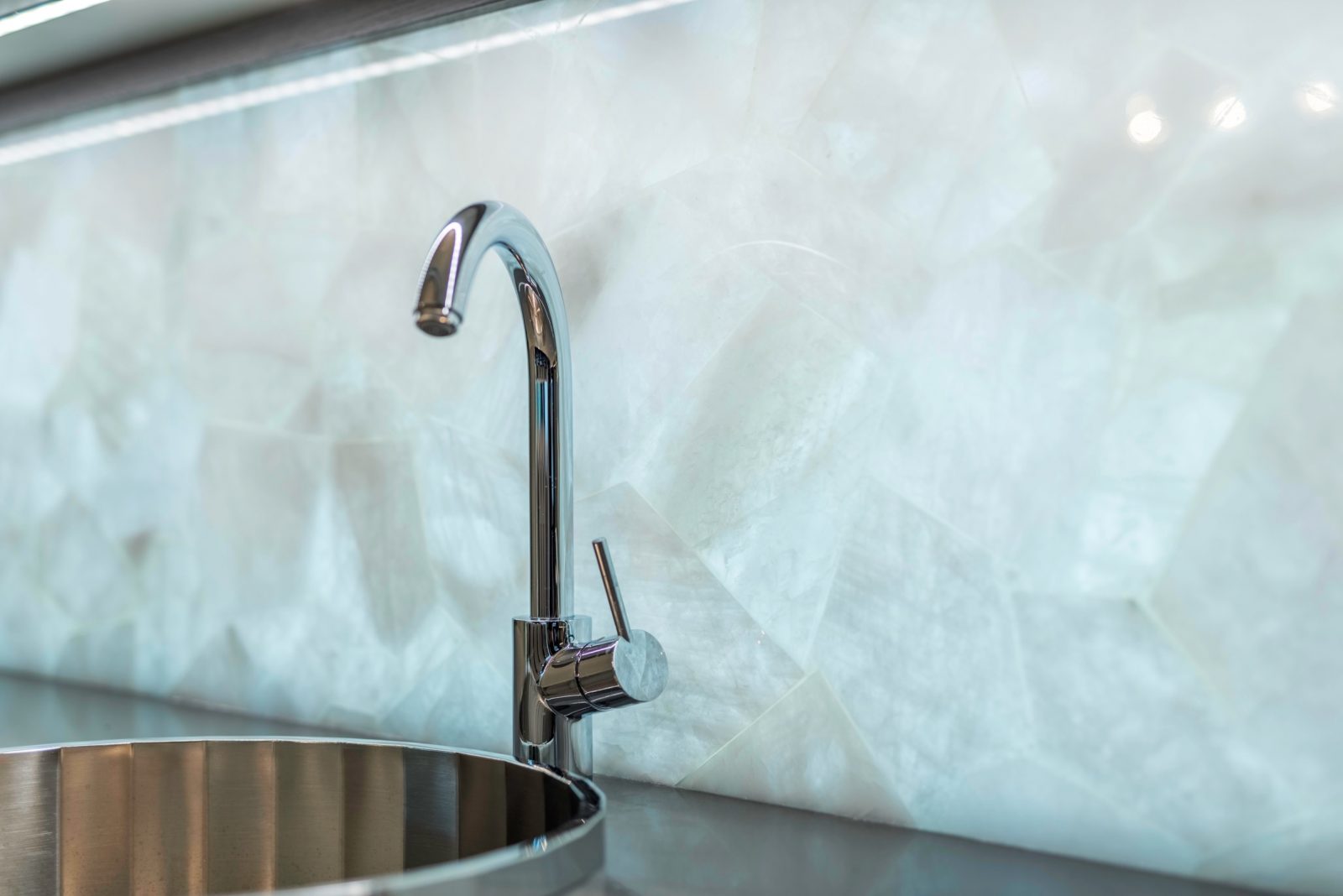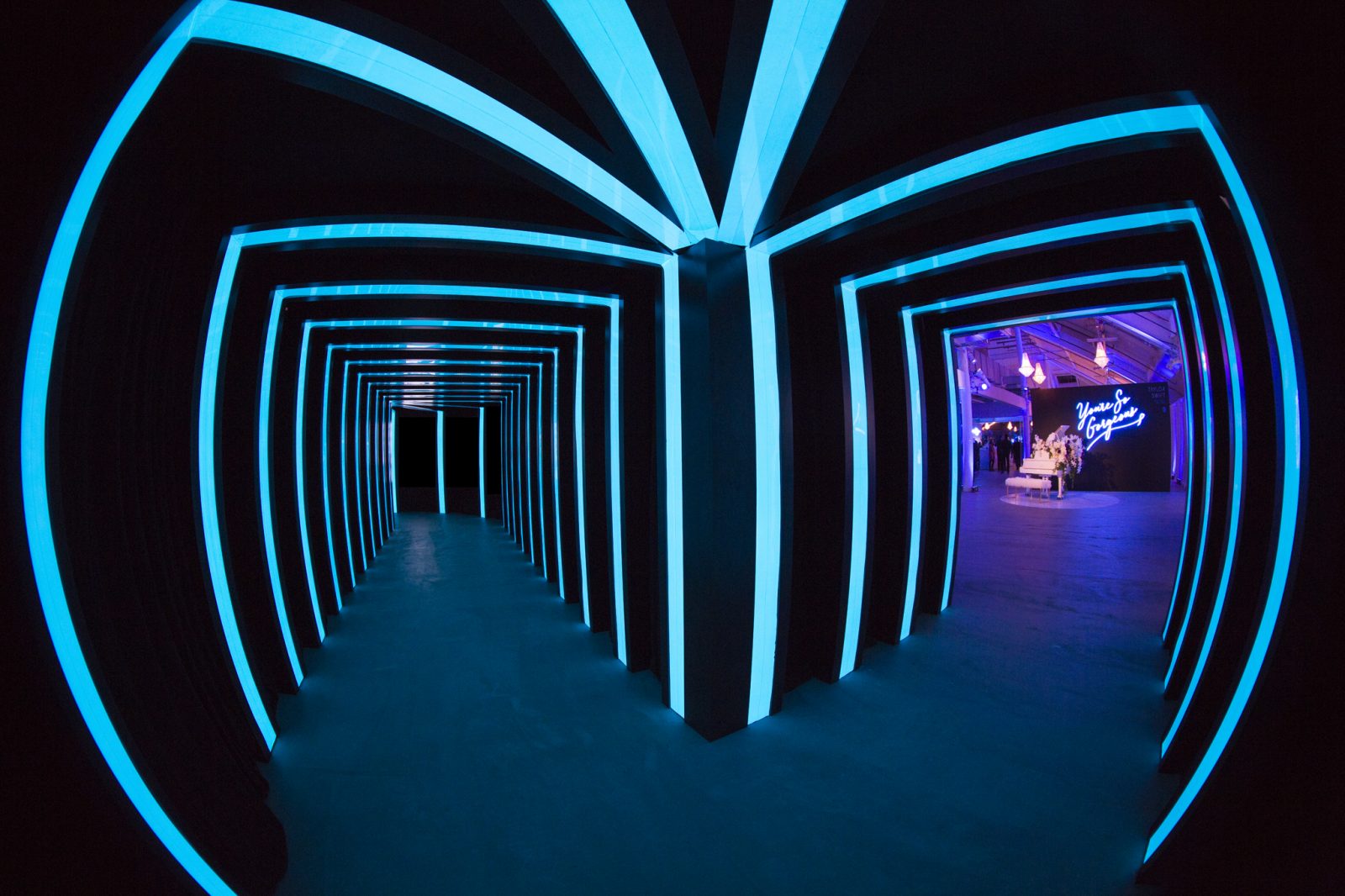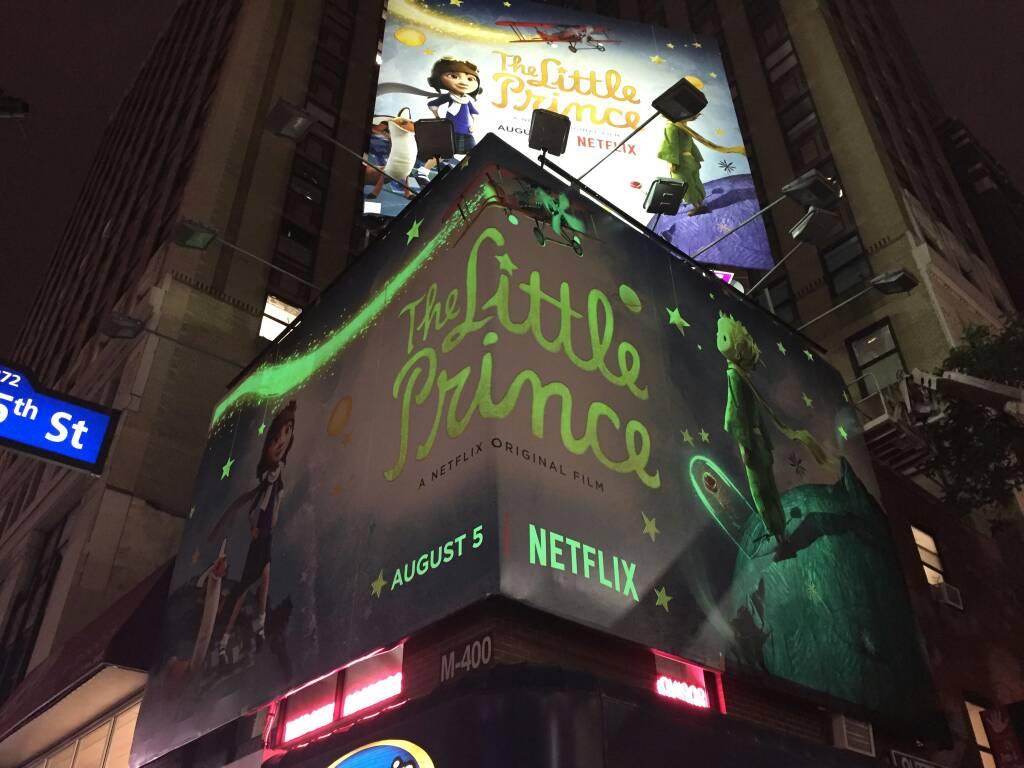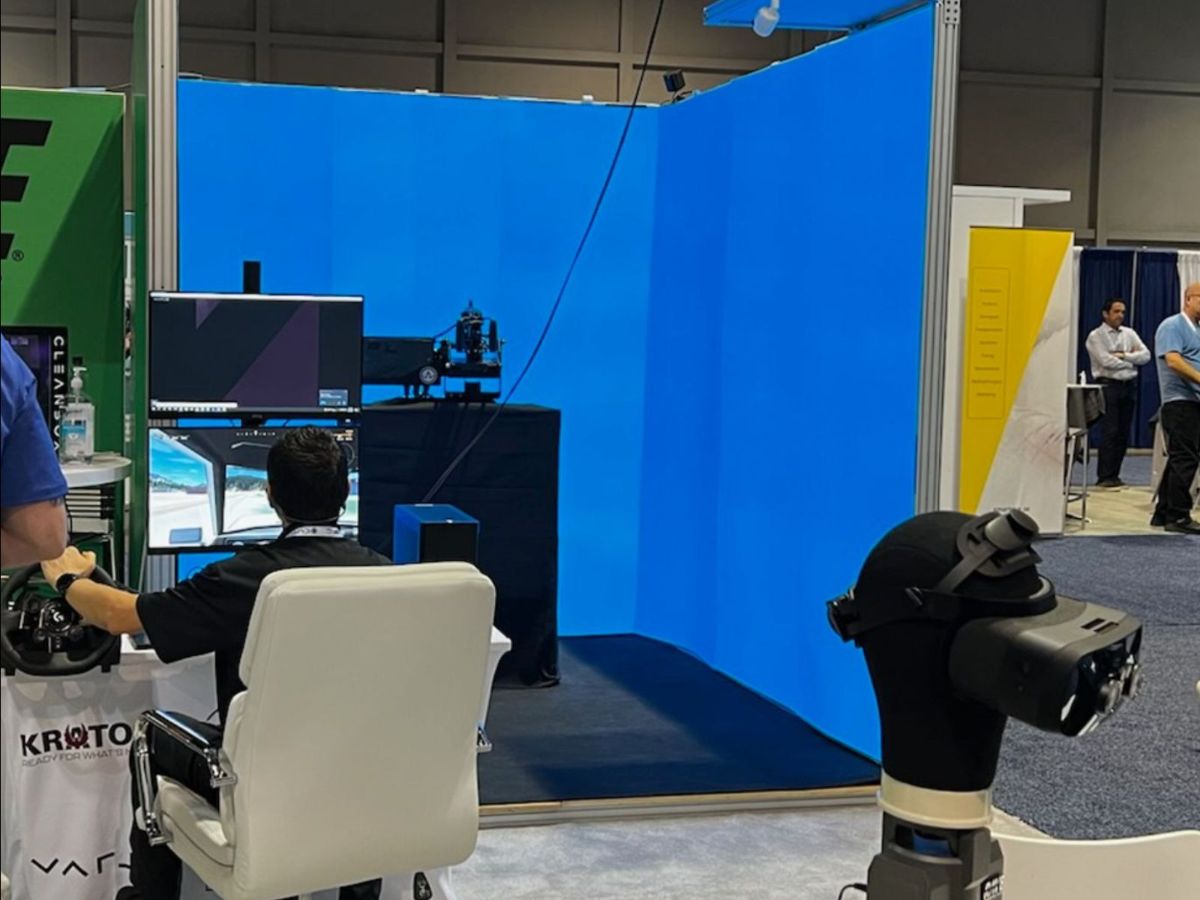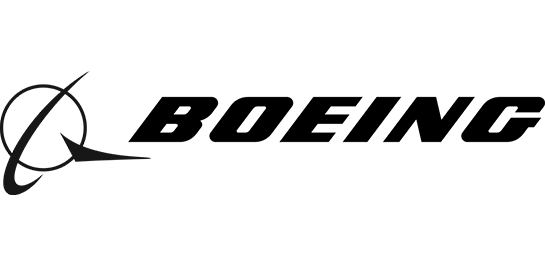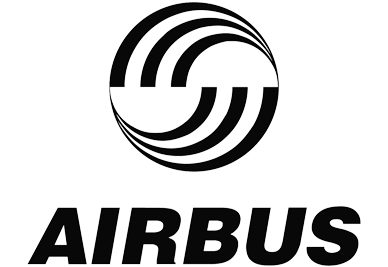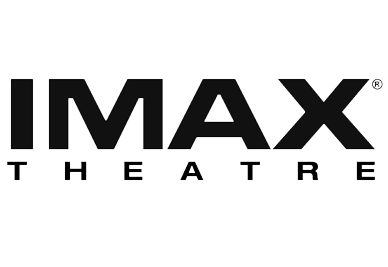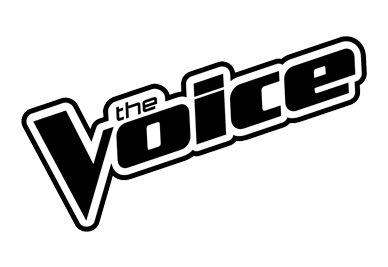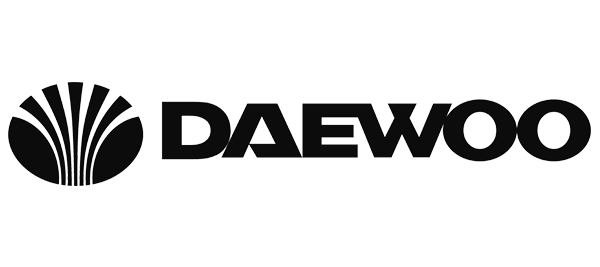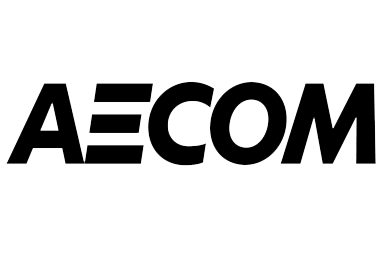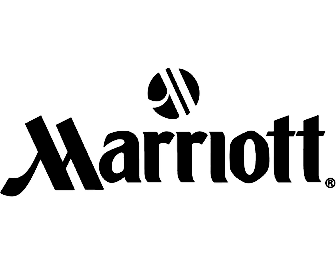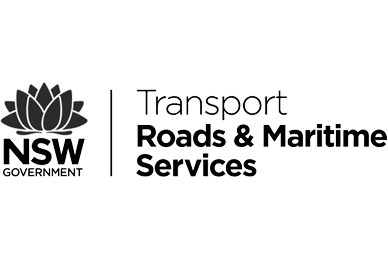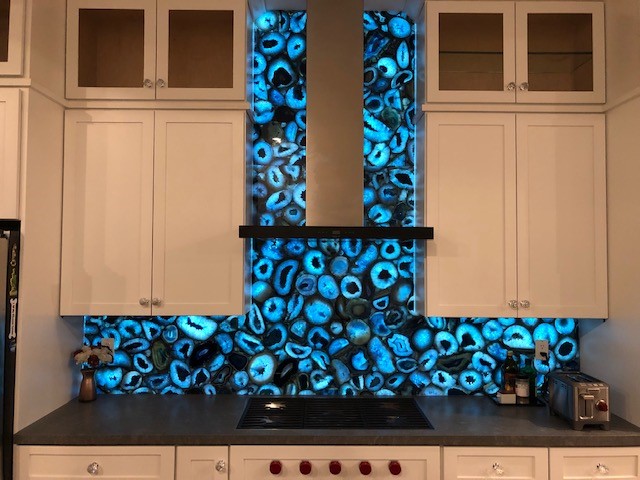
Thinking about backlighting your kitchen counter, bathroom vanity or even your fun home bar, and don’t know where to start? We can help you with what you become an expert in backlighting. There’s a couple of things to consider when choosing your solid surface, and your backlighting light source.
How to pick the best stone or surface to backlight
The most important component is the translucency of the surface. Everyone will tell you their material is translucent, and you can light it up! This isn’t always the case. Translucency is a spectrum. Every stone, for example, is different- even if it comes from the same place. In some materials, the translucency may change even within the same surface, so there are spots that do not let any light pass.
We recommend that you test your surface to determine how well the it will respond to light. Inspect the slab you are buying first or get a sample of it beforehand if you can. Trust us, there can be a lot of variation from material to material.
Why is picking the light source and stone combination so important?
The end goal is to have an evenly illuminated surface. You do not want the edges to be bright, and dull in the middle, or splotchy illumination with loads of cold and hot spots. You probably do not want a surface that’s only 50% translucent where only part of it is lit. Also, the more translucent the surface, the easier it is to see differences in illumination.
All those factors in the surface composition dictate which lighting technology will be best to illuminate your surface evenly.
How do I test the translucency of a surface?
The easiest and quickest way is to just take your phone flashlight and put it behind the material you want to illuminate.
Start by placing the light directly on the back of the surface. If you see a dot with a slight halo of light around it, like the planet Saturn, then that is a good indication the surface is translucent. As you move your phone away from the back of the surface, the halo should get bigger with more of the surface illuminating. This indicates the surface will ‘carry’ the light and will produce a fantastic glow. Of course, if you can see the entire phone through the surface, then you don’t need to test, it is almost transparent.
On the other hand, if you just see an illuminated dot with very little halo, that is not a good sign that the surface is very translucent. As you move the light away from the back six inches or so, does the light become fainter and you can barely see the defined dot, let alone a growing halo? Then that means to illuminate that surface, then you must create that level of light across your entire surface, basically 1000 little light dots, which is difficult.
When should I use Light Tape® and when should I use LEDs to backlight a surface?
Light Tape® is the most even light source available today, the entire surface is covered with phosphors and illuminates evenly. It is perfect for any application where the surface is translucent to transparent like glass. We manufacture the Light Tape to the same size and shape as the surface you are going to illuminate. That means that there is light underneath every square inch of that surface. And if the surface allows light to pass, you are going to see the illumination from the Light Tape®.
On the other hand, LEDs are single point light sources. The challenge there is how to make a 100 light bulbs appear to be just one, which generally requires a lot of diffusion. Thus, LEDs are better for surfaces that are not very transparent and you can diffuse the uneven light source. Most LEDs shine light from around the edge of the surface into the middle. LEDs all say they have great light scattering technology, ie. little lines that carry light. In the end, however, because the LED lights are on the edge shining in, the lines only help but so much to scatter light. The final result is rarely an even light especially if you’re working with a surface that isn’t perfectly square or rectangular. The results on wide surfaces or places where there are cut outs, such as sinks, you will see different light levels, lighting will be uneven. However, if the surface is very dense, it will act as a diffuser and this will help with the even illumination.
If your surface is translucent to transparent, use Light Tape®. For opaque to very dense surfaces, LEDs may be a better option. Test the material and give us a ring if you want our opinion, we don’t want to offer a light that doesn’t make our customers happy.
Why is Light Tape® so easy to install?
We basically do all the work for you. Our laser machine cuts perfectly to your shape. All you need to provide is the sub-surface to lay the Light Tape on before the final surface goes on top. This is usually a very thin sheet of plywood or acrylic.
We can illuminate up to an 11 foot surface at 30” wide with just one panel and connection. If your surface or countertop is bigger or wider than 30″, no problem! We can always overlap the panels because our Light Tape® are thinner than a credit card. The install takes minutes. We also precut all the sink holes, taps, etc…, just lay it on, and you are done. There is no worry about uneven lighting or diffusion. Imagine a material like poster board that illuminates, and comes in a long roll. That is roughly the same form factor as Light Tape®. Also, one power supply can illuminate multiple Light Tape® panels, also reducing the electrical needs.
What information do you need to cut Light Tape to match my counter?
Your stone fabricator should have a DXF or CAD file they can share with us. We just need a scalable file. If not, we can send you material to make a template of your surface. We will then use that to create a digital file so we can use our laser machine to cut out the shape. We will the do a test panel to verify our digital file matches your template, and if all good, we cut the Light Tape. Then roll it up, put it in a tube, and ship it to you via UPS. No crates or cargo shipping.
What is the difference between all the LED backlighting options?
There are basically three different LED options for backlighting. There are squares, usually 12” in size, with LEDs around the edge. Another option is larger acyclic panels with LEDs around the edge. And the last solution is rolls of material that have LEDs imbedded and spaced apart.
SLABlite is an example of a company that offer 12” plastic squares with LEDs around the edge. They are assembled modularly to illuminate an area. When illuminating a larger surface, you will generally see differences in light and dots, apparent on their website images. There will be a load of small panels to cover any surface and cutting on site does not mean even illumination if the surface is not square. Odd shapes carry light differently. In the end, you have dozens of connections points, and from what we hear, makes installation and maintenance a nightmare. You may save a little on square foot basis for materials, but that is significantly offset after installation costs.
Evo-lite® advanced luminous solutions has two main products for backlighting surfaces. An edgelit LED acrylic panel and they offer a flexible LED sheet. For retail and commercial applications, where there is a lot of daylight, and space is not a premium, then their LED system is a good choice. For those applications where you are competing against natural light all time, you need uber brightness. For home use, the system can be more cumbersome, and you don’t need a product that bright in your home, unless you want your entire room to be the same color as your counter. They ship very large panels which usually means by freight in giant boxes. Their flexible LED sheets will require space to ensure even illumination and will produce heat. While their large LED panels will have trouble illuminating wide surfaces or areas around cut outs. The LED light dots will be visible through highly translucent materials. However, if you have picked a surface that is not very transparent, then they may be your better option.
What Natural Stones work best with Light Tape?
Light Tape® can work with any number of stones. Onyx, quartzite, blue agate, and stained glass are among the most popular surfaces we work with. We work with Sierra Stone, Harkey Stone and Tile, Cole Brothers Stone and Marble, and Peachtree Renovations as a few examples. The thickness of your stone or surface is also important. For Light Tape® we recommend no more than ¾” thick especially if it’s natural stone

